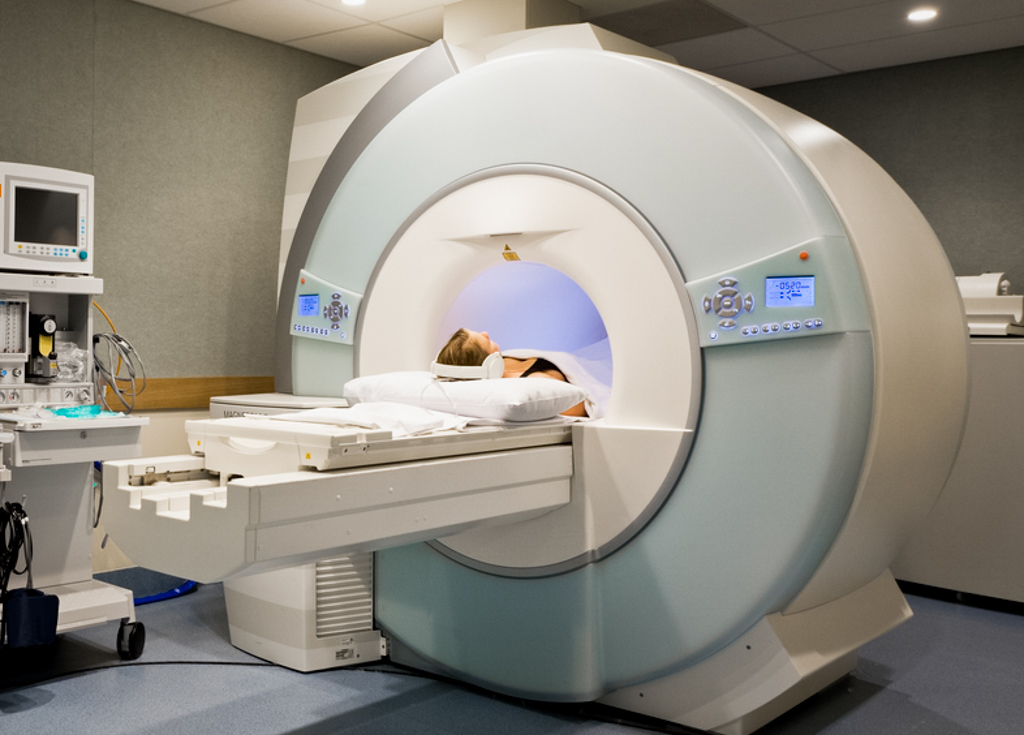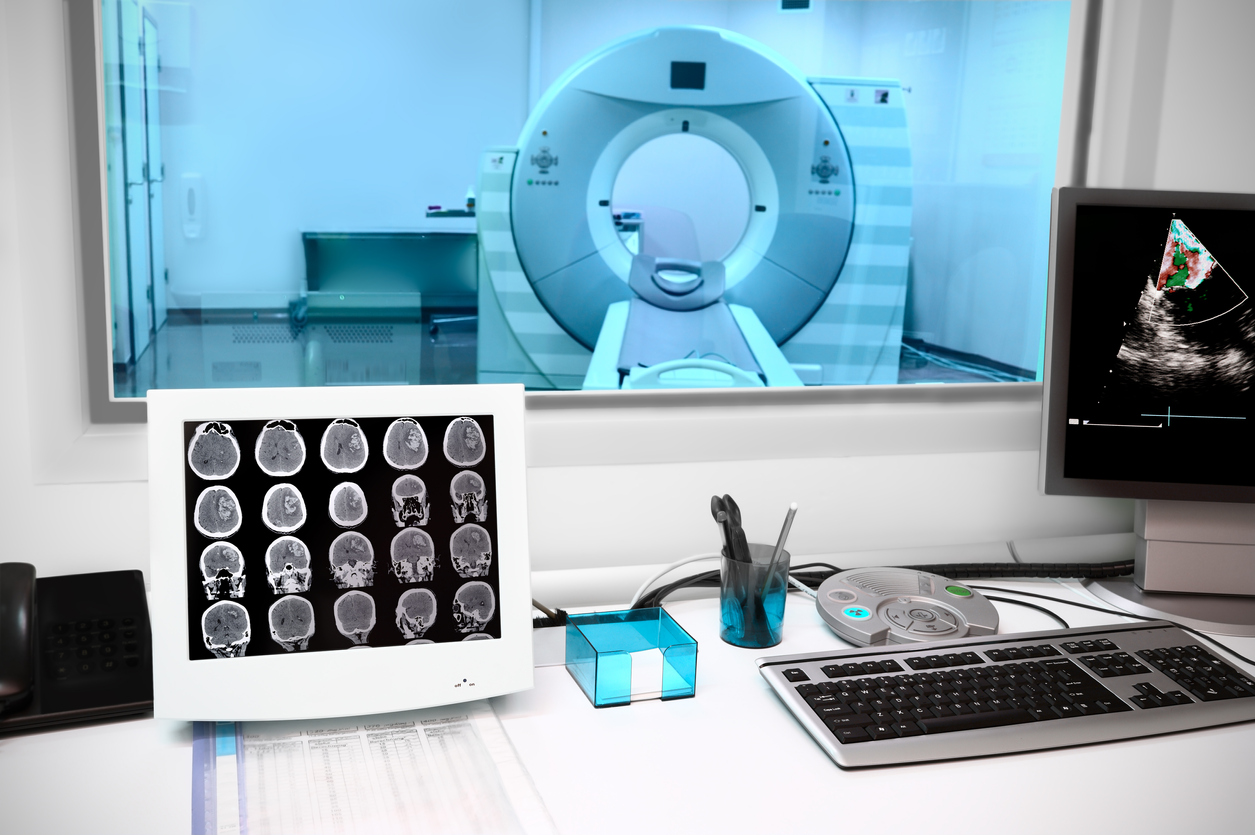The human brain is one complex organ. It is the central organ of the nervous system. The brain is the command center of the human body; this means it receives signals from other organs, interprets those signals, and transmits the information to the rest of the body in order to produce movement and organ function. Sight, smell, taste, hearing, and touch all stem from the brain as well. Without the power of the brain, the human body is lifeless.
Now, when complications regarding the brain arise, physicians will want to take a closer look at the command center’s inner workings. Today, there are various technologies that allow medical professionals to examine the brain. Positron emission tomography, or PET scan, and an electroencephalogram, or EEG test, are both viable tests that can reveal the brain’s overall physical condition or performance. That being said, there is one technology that can also take a clear image of the brain. Surprisingly enough, that technology is ultrasound imaging.
Ultrasound imaging uses high frequency radio waves to produce images of the human body. The images are captured in real time, and they demonstrate the structure and movement of the body’s internal organs as well as blood flowing through arteries and veins. Traditionally, ultrasound imaging is used to help physicians diagnose medical conditions involving the liver, gallbladder, pancreas, spleen, kidneys, bladder, uterus, ovaries, or testicles; however, ultrasounds are conducted to review the brain too.
How exactly does this kind of ultrasound imaging work? Ultrasounds emit waves and detect the echoes that are reflected back to the transducer, or wave producer. According to the National Institute of Biomedical Imaging and Bioengineering, “when these echoes hit the transducer, they generate electrical signals that are sent to the ultrasound scanner.” The scanner calculates the distance from the transducer to the tissue boundary using the speed of sound and the time of each echo’s return. “These distances are then used to generate two-dimensional images of tissues and organs.” To inspect the brain, physicians use a transcranial doppler, or TCD, and transcranial echoes to measure the velocity of blood flow. The National Center for Biotechnology Information states the transcranial doppler ultrasound “provides rapid, noninvasive, real-time measures of cerebrovascular function.”
Like other imaging techniques, ultrasound imaging has its parameters to which it can be practiced. The American Institute of Ultrasound in Medicine, a multidisciplinary medical association, advocates for the safe and effective use of ultrasounds in medicine. This facilitates the careful detection and treatment of imaging patients.
Trust a trained team of professionals, like the team at Windsor Imaging Fort Pierce, to guide you through any ultrasound scan. The staff at Windsor Imaging’s Fort Pierce location is well-versed on everything regarding ultrasounds. In addition to ultrasounds, Windsor Imaging Fort Pierce exclusively offers 3D digital mammography, DEXA bone density scans, and digital X-rays. To schedule an appointment at our Fort Pierce office, please contact our Windsor Imaging team.


